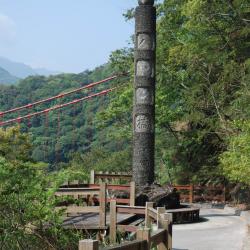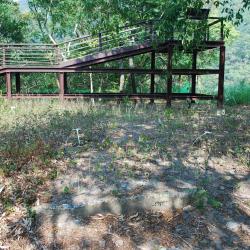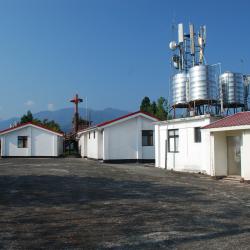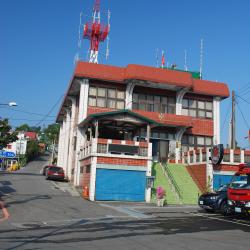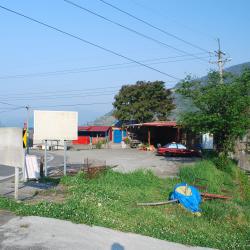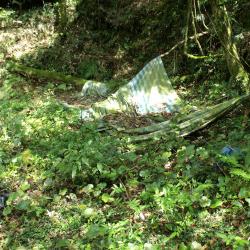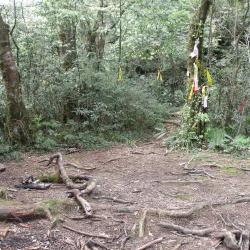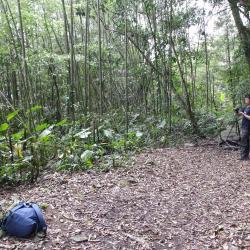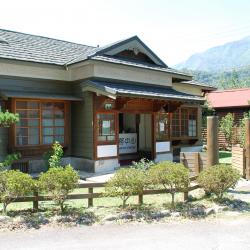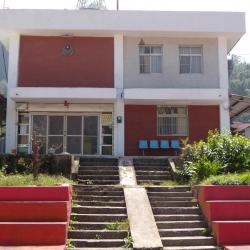The Balong Suspension Bridge in the Fuxing District of Taoyuan City is located on the 47 km point of the Provincial Highway 7 and was completed in 1914. It was the junction of the Fuba Historic Trail and the Jiaobanshan Sanxing Guard Road during the Japanese occupation. The Sanxing Guard Road is the predecessor of the current Northern Cross-Island Highway.
In the post-war period, the National Government built the Northern Cross-Island Highway, demolished the Balong Bridge and built the (old) Baling Bridge.
Today, in the small park next to the tunnel entrance, the memorial stone pillar of the Balong Bridge still stands, with “Balong Bridge” carved on the front, and the year it was built engraved on the back. Later, due to traffic congestion, the Ministry of Transport built a new Baling Bridge at the lower reaches of the Baling Bridge.
